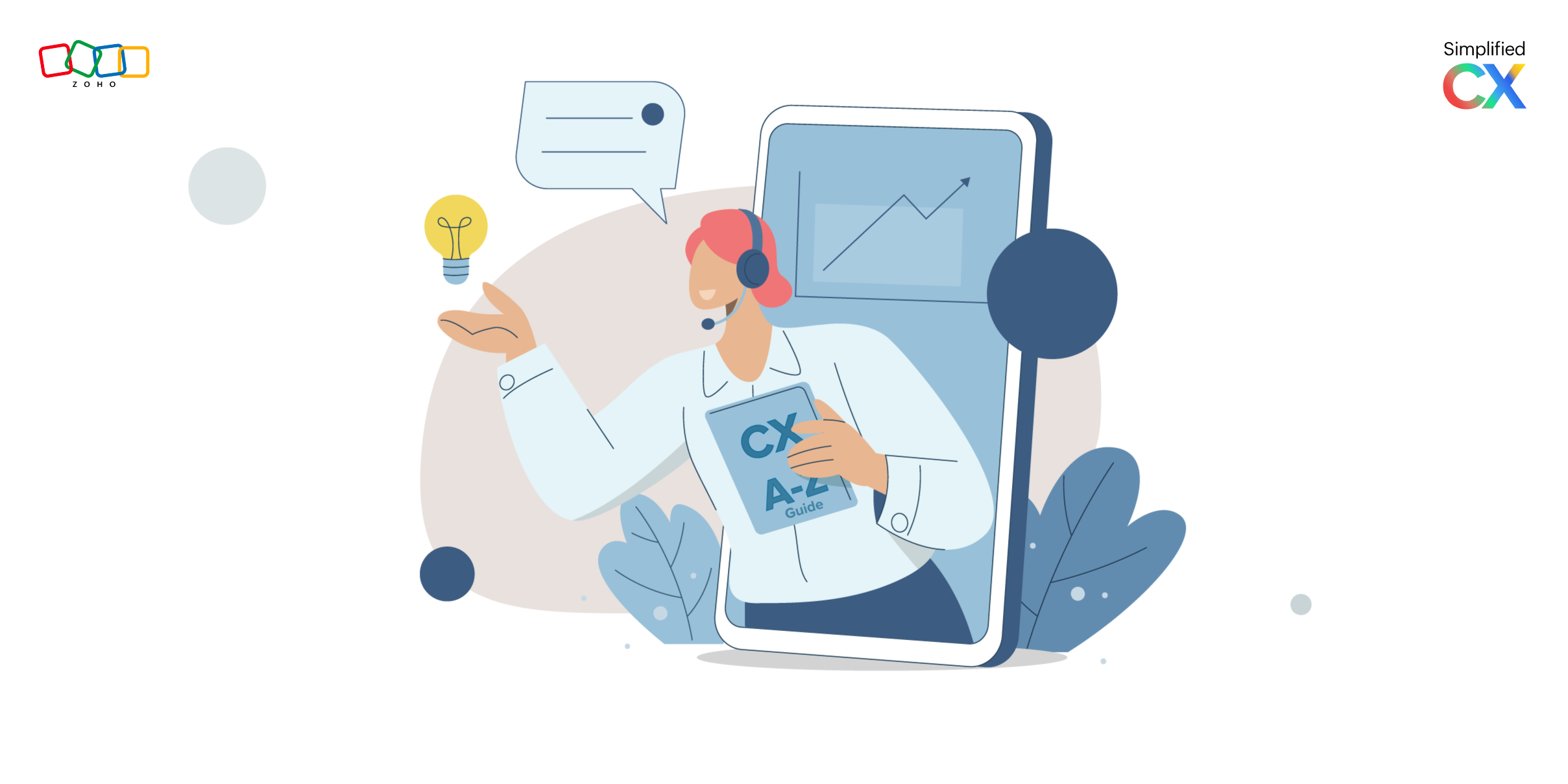The data adds up, business needs to be people-centric
- Last Updated : October 18, 2023
- 1.0K Views
- 5 Min Read

Business is about people. Be they customers, employees, vendors, stakeholders, or investors. They’re all people, whose lives have become increasingly technology-driven, changing the way they live, work, and relate. The business landscape too has changed dramatically with new media and exhaustive metrics shaping a new narrative of the people.
Customer experience or CX is the next big thing to impact business. Companies are reacting to this and becoming more customer-centric in their approach. However, business is about people and so companies need to be more inclusive of all people. Today with technology bringing both people and businesses up to speed with the new, the time is right now for businesses to become more people-centric.
Lasting change begins within. Being people-centric in business is about putting the needs of people at the core of your organizational design. This includes customers and all the people you work with. Identifying people’s needs becomes possible only when you listen to people with patience so you can understand them. Listening to understand can help you connect and enage with people genuinely, so you can offer products and services of value. The ability to listen is a personal choice and begins with your willingness to hear people out.
Initiating change needs a plan. Every organization has unique needs and creates a distinctive plan to meet their needs. Unique as these plans may be, change initiatives of this kind must share a common design basis if they are to succeed. Each plan needs to be expressly designed as a top-down flow of effort and camaraderie, emanating from management to touch every employee down the line, and encompass the team.
Implicit change needs explicit action. To become people-centric, your actions need to match up to your good intentions. Good relationships are better built on mutual respect and benefit, rather than sweet-talking and yes-manship. It’s not hard to do. You’ll need to listen to different people to understand their diverse needs, so you can better address them. Being people-centric is to focus on building and sustaining these diverse relationships and building better teams. Sure, there’ll be individuals who deliver exemplary service from time to time or on unique issues, which will earn them praise from happy customers and the respect and loyalty of their team. Remember, crafting these super positives is only possible because of the collective contributions of the team.
Nurture change by your own example. In a people-centric organization there is always time to recognize the team, appreciate their work product, and applaud the camaraderie that enables individuals to deliver praiseworthy customer experiences. These are moments of opportunity and you need to put them to good use. First cheer the committed team and the stellar performance, before celebrating them for raising the bar. The challenge this presents to your business is in leveraging these seemingly individual wins into a composite business advantage. To do this successfully, engaging with people and including them into your story needs to be an intrinsic part of how your business functions.
It’s an endeavor, not a one-off experiment. Improving the quality of your business operations or changing the nitty-gritty of your practice so you can consistently please customers is no easy task. It takes time and effort for a philosophy to take root. Especially when it involves changing the mindset of people by example and experience. This is why businesses seeking to be more people-centric set aside more than just a few years to plan, implement, and execute such a change initiative. Anyone under the impression that significant change is merely a question of giving people the right instructions is being naive.
- Let people define your business. If the answer to the question why you’re in business is the money you make, then your business is ready to become people-centric. When a business puts people first then everything, from the products they make and market to their pricing and service, effectively addresses people’s needs and lives up to their expectations. This is not difficult to achieve. All you need to do is to ask and answer the questions, “who needs this?”and “what for?” before making any business decision. These two simple steps will make sure your business remains relevant to people, in spite of changing expectations.
- Build relationships for better profits. The bottom line in business is important, but only as long as you enjoy the respect and loyalty of people. Business can descend into a spiral if the people on either end of your operations won’t stand with you. Begin to build relationships with your customers and make these relationships your business. Nurture them with mutual respect and care. That’s what empathy is. Besides, when you care for people, it makes it easier for people to care about you.
- Referrals add to the numbers. There’s a surfeit of technology in people’s lives and today even emotions like happiness, joy, or sadness are more often expressed as emojis in chat windows as opposed to words in person. But people are human and hardwired to connect and relate. Especially with businesses they respect and love. People want companies to listen when they reach out to you and they hope you’ll remember them long after the purchase is made. Possible only if you share relevant information across all touchpoints where customer interaction takes place, so that people never need to repeat themselves. Gain people’s trust and they will keep coming back. To make more purchases, introduce family and friends, and spread the word to anyone willing to listen.
- Include the narrative of the people. Let the people tell your story, and make it easy for them to do this at will. Companies create online support forums, community pages, and on-the-ground support networks where customers can meet, share experiences, and learn more about your product and service. Despite this being a marketing function, there’s very little work for your marketing team to do in these situations. Here your customers are better placed to do the talking because they speak from their own experience, in their own voice, and of their own volition. The voice of the customer is more valuable than any celebrity or social media influencer who endorses your business for a fee. The simple truth is that facts are always easier to accept when heard in the first person.
Sustain change to make a difference. Metamorphosis is a resplendent outcome to a painstaking process. The journey from caterpillar to butterfly is neither easy nor quick. But it’s well worth the trouble and the time. Just like the journey you lead your company on, from business-oriented to people-centric, is well worth the hard work and the wait.
This is gainful insight if you’re planning to make your business people-centric, so happy CX stories can keep writing themselves.










